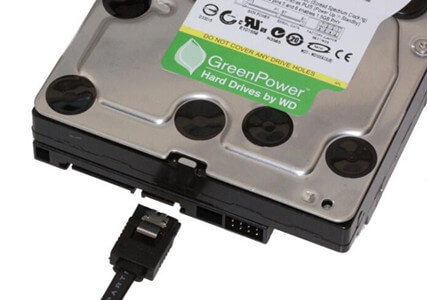What are SATA cables used for?
SATA cables serve as the bridge between storage devices (like HDDs and SSDs) and your motherboard. They transmit data and power. Specifically:
1. SATA data cable: Connects to the motherboard’s SATA port and the drive’s 7-pin slot.
2. SATA power cable: Connects to the drive’s 15-pin power slot.
How many types of SATA cables?
There are three main types of SATA cables: SATA I, SATA II, and SATA III. These cables facilitate data transfer between a computer’s motherboard and storage devices. Each type represents a different generation, with increasing data transfer speeds:
1. SATA I: Supports up to 1.5 Gbps.
2. SATA II: Doubles the speed to 3 Gbps.
3. SATA III: The current standard, offering speeds up to 6 Gbps1.
For optimal performance, use SATA III cables if your devices support it!
Is there a difference in SATA cables?
SATA cables are used to connect storage devices (such as hard drives and optical drives) to a computer’s motherboard. Here are the key differences:
1. Data Transfer Rate:
SATA I: Supports up to 1.5 Gbps (gigabits per second).
SATA II: Supports up to 3 Gbps.
SATA III: Offers speeds of up to 6 Gbps
2. Connectors:
SATA Power Cable: Has a 15-pin connector for supplying power.
SATA Data Cable: Features a 7-pin connector for data transfer.
Remember, SATA III is backward compatible with previous generations. If you’re connecting drives, make sure to use the appropriate type of SATA cable based on your requirements.
What about SATA Express cables?
SATA Express (sometimes unofficially shortened to SATAe) is a computer bus interface that supports both Serial ATA (SATA) and PCI Express (PCIe) storage devices. Here are the key points:
1. Purpose:
SATA Express combines both SATA and PCIe signals.
It provides a connector that mates with legacy SATA cables and new PCIe cables
2. Speed:
SATA Express supports speeds of up to 16 Gbps (gigabits per second).
Instead of doubling native SATA speed with each major version, SATA 3.2 included the PCIe bus to achieve faster data transfer speeds beyond the 6 Gbps limit of SATA 3.0.
3. Compatibility:
The SATA Express connector on the host side is backward compatible with standard SATA data connectors.
It also provides two PCIe lanes as a pure PCIe connection to the storage device.
In summary, SATA Express bridges the gap between SATA and PCIe, offering increased bandwidth for storage devices!
Send your message to us:
Post time: Jul-08-2024
